The UK based AMRC developed a hybrid 3D printing process that allows electrical, optical and structural elements to be introduced.
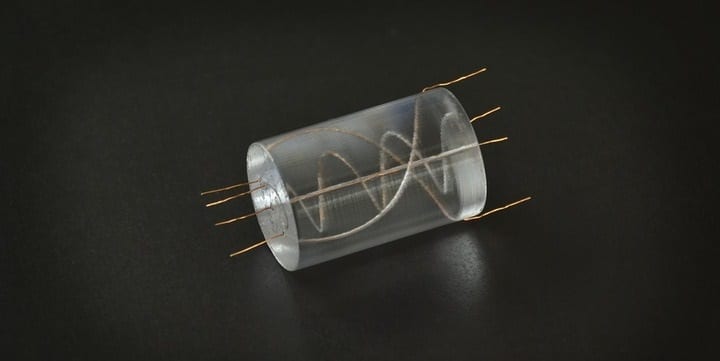

The UK based AMRC developed a hybrid 3D printing process that allows electrical, optical and structural elements to be introduced.
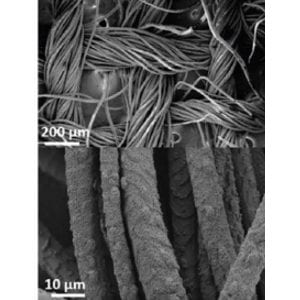
Researchers develop a vapor-coating technique to produce wearable electronic devices from conducting-polymer-coated off-the-shelf, plain-woven fabrics.
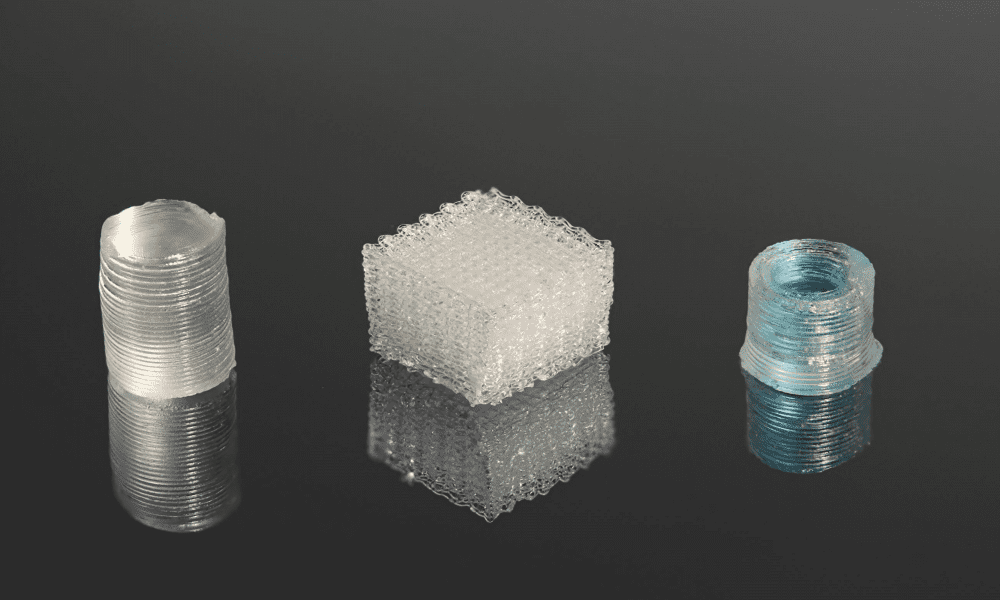
3D-printed transparent glass is prepared using a two-step method that shows promise for the creation of glass optics as well as intricate glass structures.
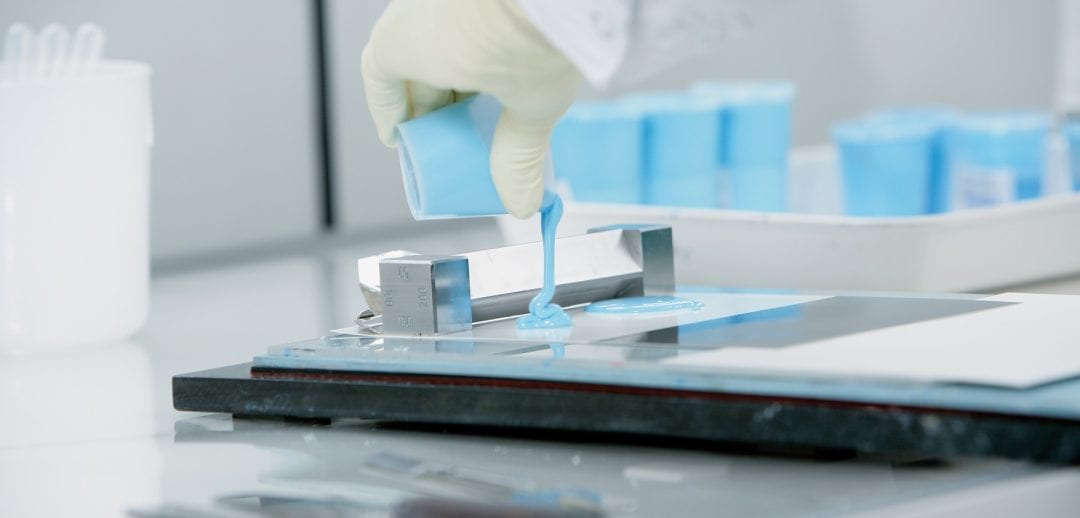
BYK Additives & Instruments introduce new product developments for the coating industry.
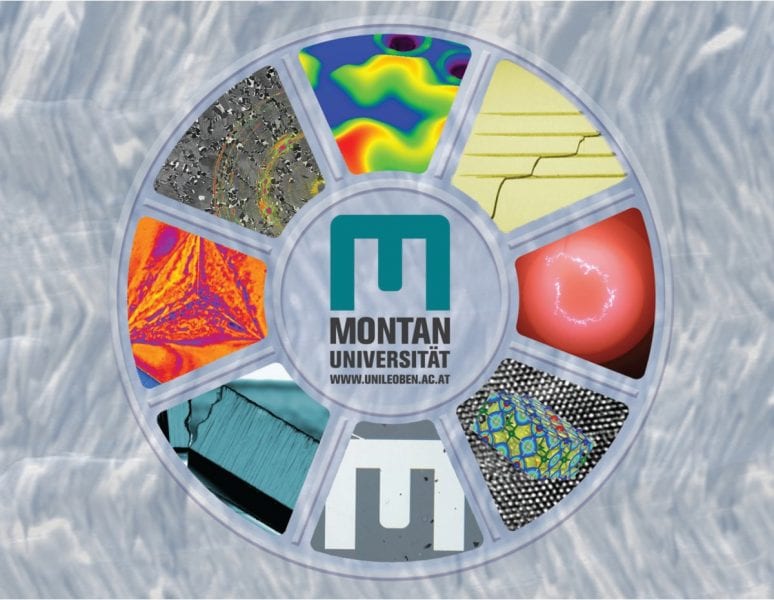
The present special issue of Advanced Engineering Materials gives an overview on the materials science and engineering activities at the Montanuniversität Leoben.

When fabric stretches, printed patterns crack and separate. This new conductive ink maintains the integrity of printed circuits for electronic textiles.

Rösler is progressive with leading edge technologies when it comes to diecast component surface preparation or finishing.
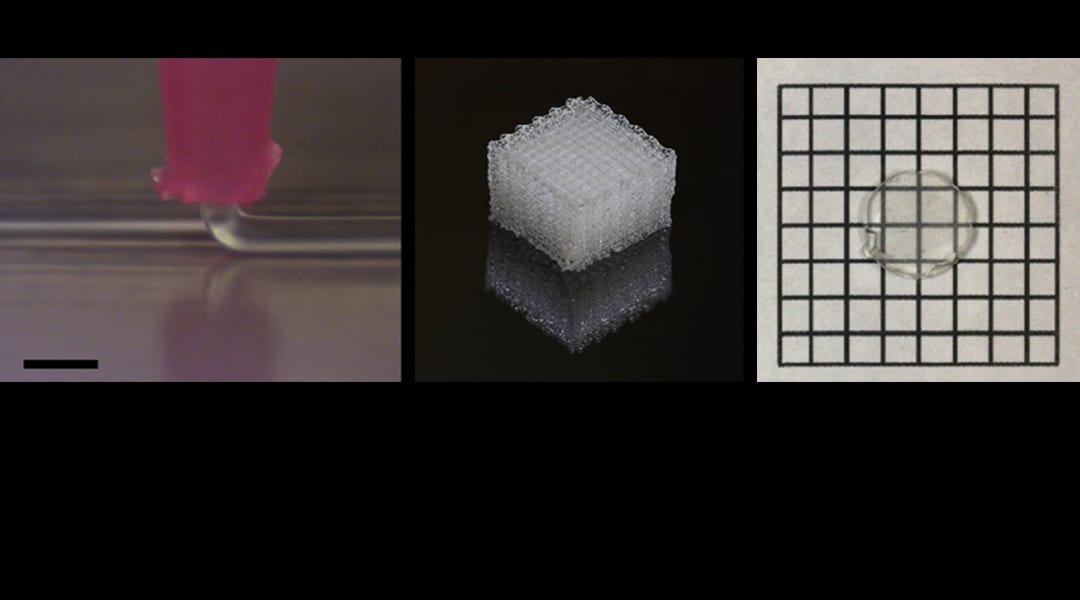
3D printing technology enables a mold-free formation of freeform transparent glass.
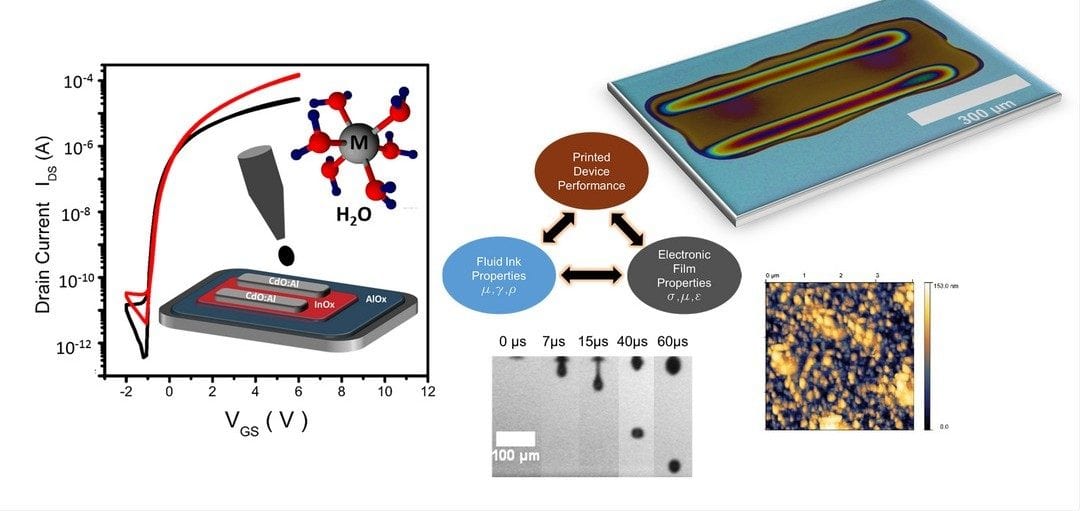
Researchers have demonstrated all-aqueous-printed transparent electrodes and semiconducting layers for high performance, low-cost transistors for flexible electronics applications.
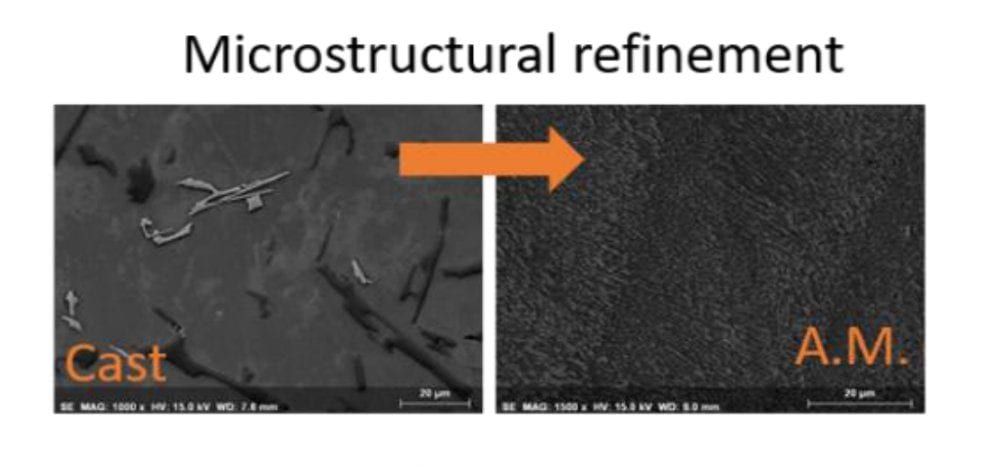
This paper aims at reviewing the latest developments and at highlighting current trends and prospects in the additive manufacturing of aluminum alloys.